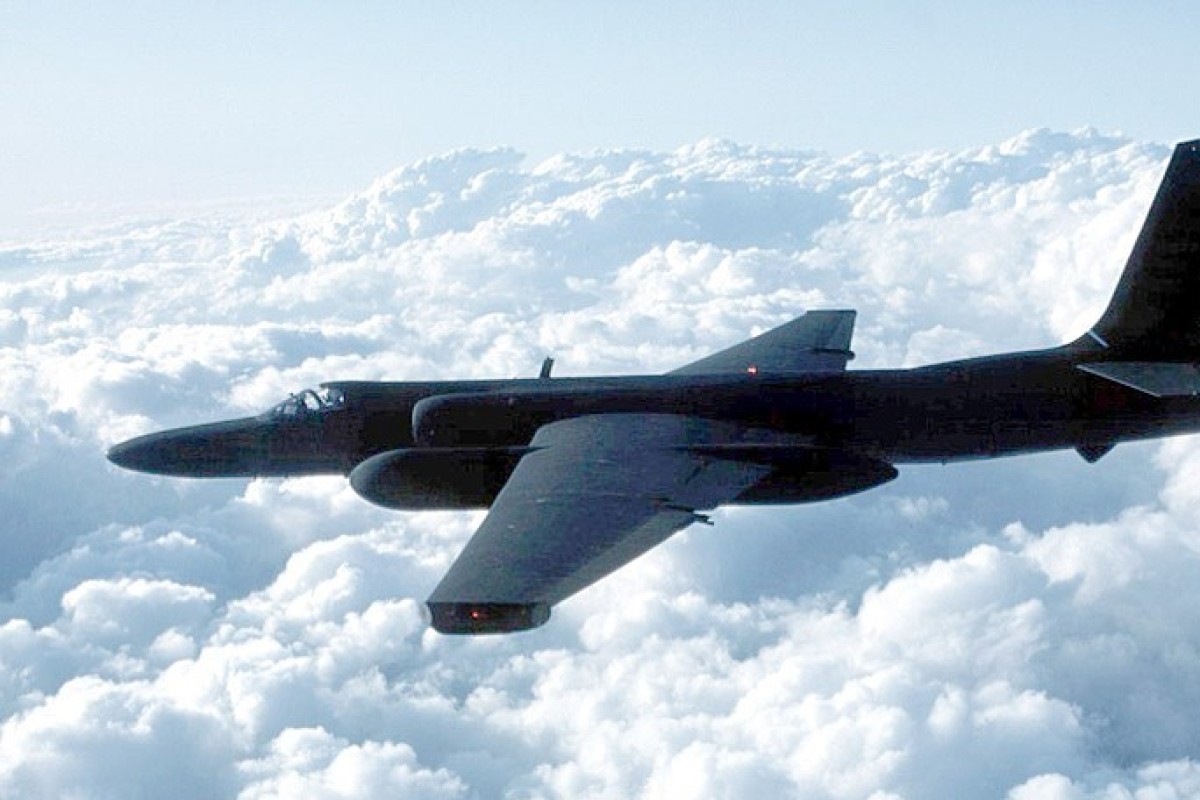Kristin Huang
 China’s missile launch over the South China Sea may push the United States to deploy more missiles and take a more aggressive stance towards Beijing, elevating the risk of an accidental armed conflict, analysts said.
China’s missile launch over the South China Sea may push the United States to deploy more missiles and take a more aggressive stance towards Beijing, elevating the risk of an accidental armed conflict, analysts said.
The assessment came after China launched Dongfeng missiles, including the DF-26B and DF-21D – seen as “aircraft-carrier killers” – into an area between its southern island province of Hainan and the disputed Paracel Islands on Wednesday, the day after a US U-2 spy plane entered a no-fly zone without permission during a Chinese live-fire naval drill in the Bohai Sea off China’s northern coast.
The US Defence Department said on Thursday that the launches threatened peace and security in the region. Beijing’s “actions, including missile tests, further destabilise the situation in the South China Sea”, the Pentagon said in a statement.
The DF-26 has a range of 4,000km (2,485 miles) and can be used in nuclear or conventional strikes against ground and naval targets. It is a type of weapon banned by the Intermediate-Range Nuclear Forces Treaty signed by the US and Soviet Union towards the end of the Cold War. When the US withdrew from the treaty last year, it cited China’s deployment of such weapons as justification.
The DF-21 has a range of about 1,800km. State media describe the most advanced in the series, the DF-21D, as the world’s first anti-ship ballistic missile. Both the DF-26 and DF-21 are capable of striking aircraft carrier groups.
Derek Grossman, a security expert from the US think tank Rand, said the missile launch would only deepen US mistrust of China’s intentions and further harden Washington’s stance against Beijing in all dimensions: diplomatic, economic and security.
“It seems unlikely … that the US military will back down, since there is now a whole-of-government effort to compete with and counter China both regionally and globally,” Grossman said. “It is more likely, however, that armed combat would come about due to miscalculation.”
Grossman said a war between China and the US was still unlikely, but there was a chance of miscalculation.
“If China were to fire another DF-21D missile, and it came close to a US carrier traversing the region, the US military might respond with force because it thought the missile simply missed its target,” Grossman said. “Then the situation could escalate from there.”
More footage emerges from 2018 near collision of US and China warships in South China Sea
Chen Gang, assistant director of the East Asian Institute at the National University of Singapore, said China’s launching of such missiles into the sensitive South China Sea would only spur the US to develop and deploy more missiles of this kind.
“China has displayed missiles of the DF series in past military parades in Beijing, and the launching of them from faraway places shows that they are not toys just for display,” Chen said.
The launches came with the two nations locking horns over almost all aspects of their relations, from economic to security.
In 2017, US President Donald Trump labelled China and Russia competitors in his national security strategy speech. The following year, James Mattis, the then US defence secretary, released a defence strategy with a clear priority that the US must stay ahead of China. In the same year, the Trump administration outlined a goal of promoting a free and open Indo-Pacific as China’s presence across the region grew.
US Secretary of Defence Mark Esper has said years of modernisation by the Chinese government to develop a “world-class” military had emboldened the military’s “provocative behaviour” in the South and East China Seas.
Wu Qian, spokesman for the Chinese defence ministry, said in a regular press briefing on Thursday that the military exercises in the South China Sea were not aimed at any particular country, but urged the US to show restraint.
China warns US of ‘strong response’ regarding Taiwan, saying island’s independence is 'dead end'
China warns US of ‘strong response’ regarding Taiwan, saying island’s independence is 'dead end'
“China opposes and is not afraid of US provocation … We urge some US politicians to assess the reality objectively, stop provocation and pull Sino-US relations back to a normal track,” Wu said.
Malcolm Davis, a senior analyst at the Australian Strategic Policy Institute, agreed with Grossman and said the missile tests would reinforce US concerns about China’s intentions and intensify the challenge posed by China’s military capabilities.
“I think the US probably won’t react to this test per se in a manner that shifts its foreign policy posture vis-à-vis China, but it will reinforce to the US that we must take Chinese missile capabilities very seriously,” Davis said.
Steve Tsang, a political scientist from the University of London, said the prospects for future China-US relations were highly negative, and the US Navy would continue its freedom-of-navigation activities in the South China Sea, perhaps increasing them in response to the missile launches.
Isaac Kardon, an assistant professor from the US Naval War College’s China Maritime Studies Institute, said that despite the missile tests being likely to reinforce hawkish tendencies in Beijing and Washington, an escalation between the two militaries remained quite low, because “these well-trained professionals interact with extreme caution”.
Zack Cooper, a fellow at the American Enterprise Institute’s Centre for Strategic and International Studies, said there was nothing problematic thus far about the test itself.
“But I do think it is being used to try to demonstrate that there is increased risk to US forces operating in the region,” he said.
Additional reporting by Agence-France Presse
This article appeared in the South China Morning Post print edition as: Missile launch ‘risks raising chances of US clash’
No comments:
Post a Comment